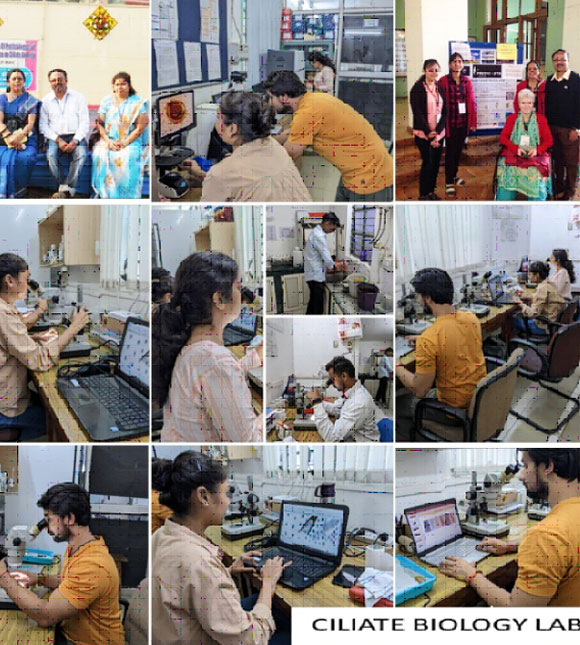
Research Interests of the Ciliate Biology Group@Delhi:
Cellular and molecular response of ciliates to various stress(Heavy metals, Temperature, pesticides and UV radiations)
Heavy metal pollution of water is of major concern these days especially in developing countries like India. Anthropogenic sources, mainly mining and industrial activities, have contributed to substantial increase in heavy metal content in air and in many terrestrial and aquatic ecosystems. The research interest of our group is to examine how spirotrich ciliates respond to metal stress and to see the expression of heat shock proteins, metallothioneins and glutathione peroxidase gene under heavy metal stress. Moreover, the transcriptional activity of these genes are studied following heavy metals stress.

 Register for Conference
Register for Conference Pre conference workshops
Pre conference workshops Life Membership
Life Membership